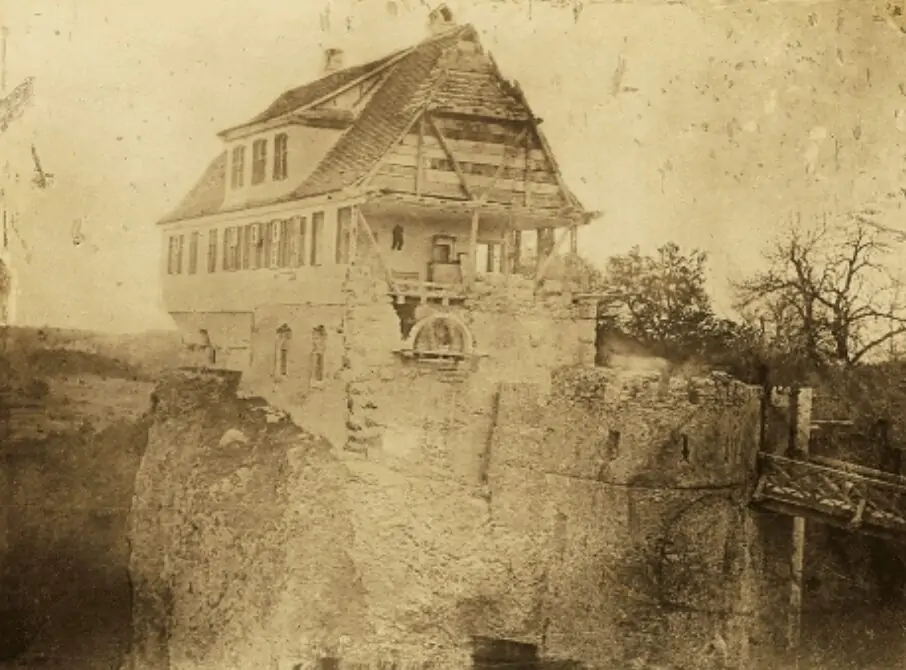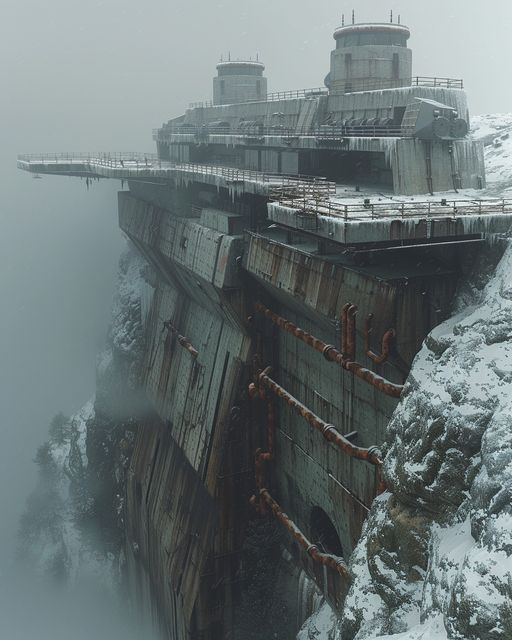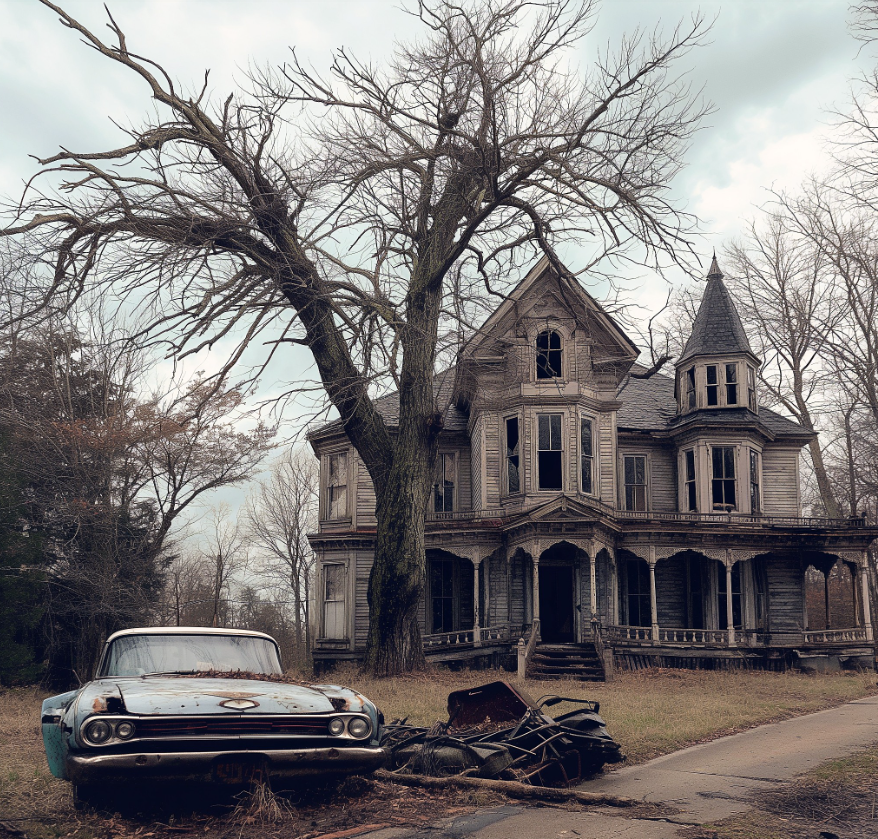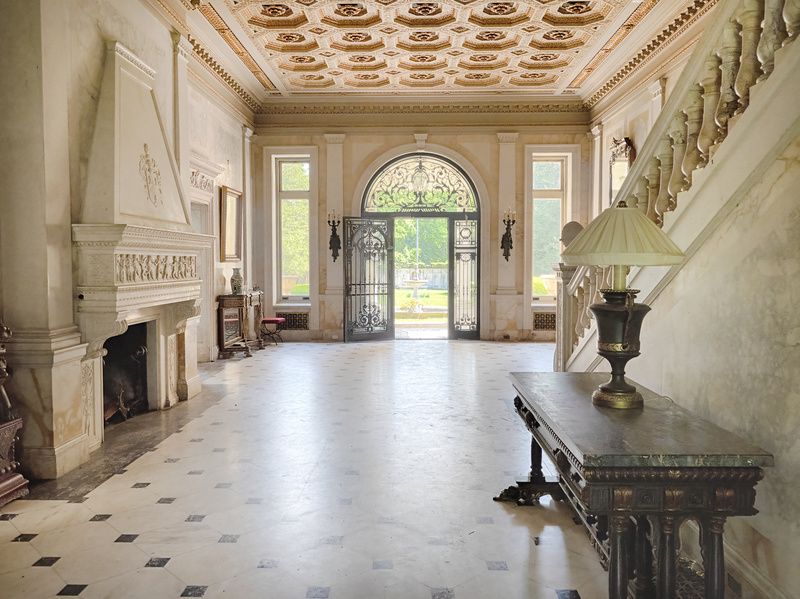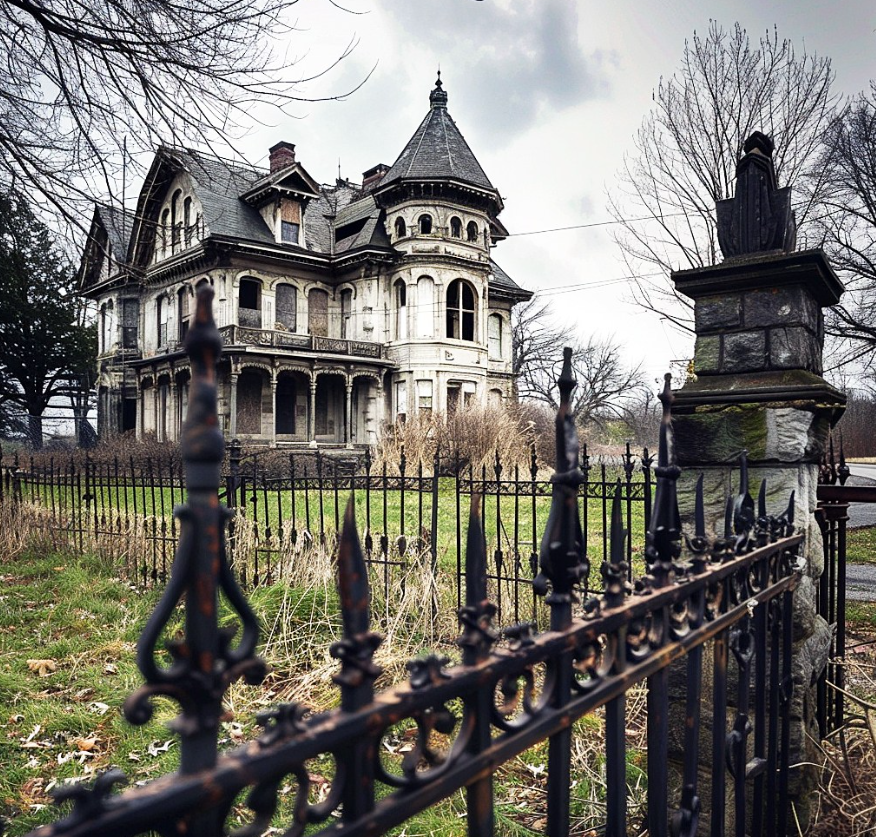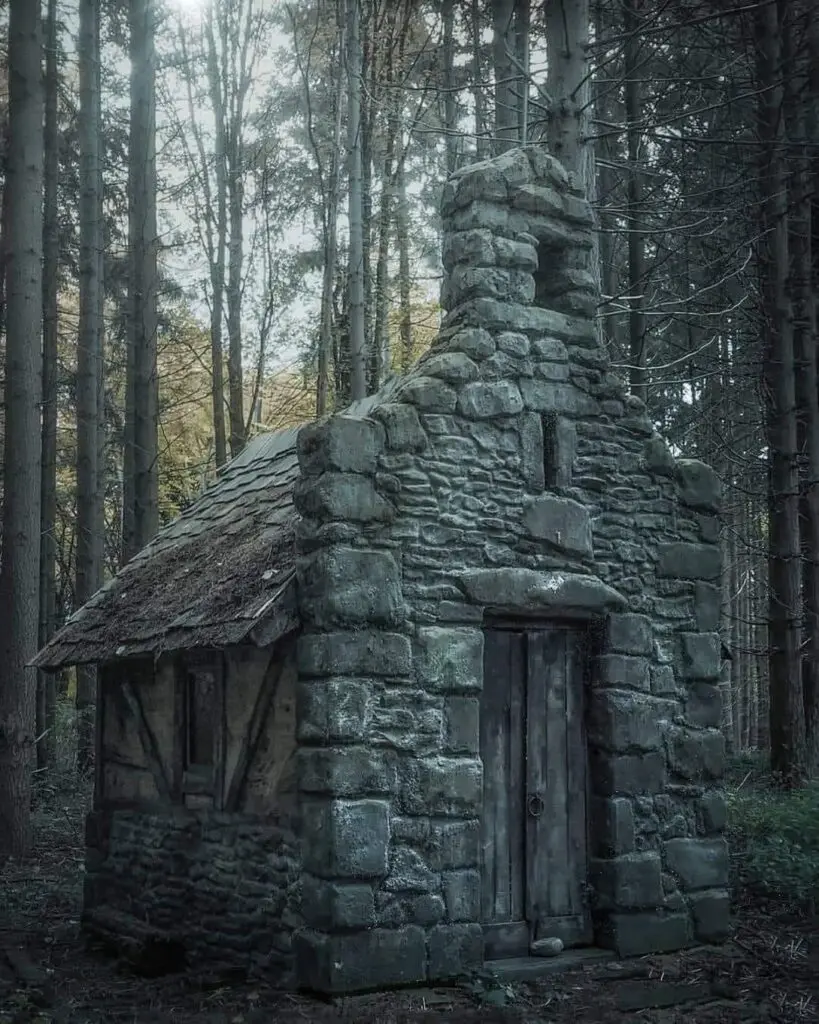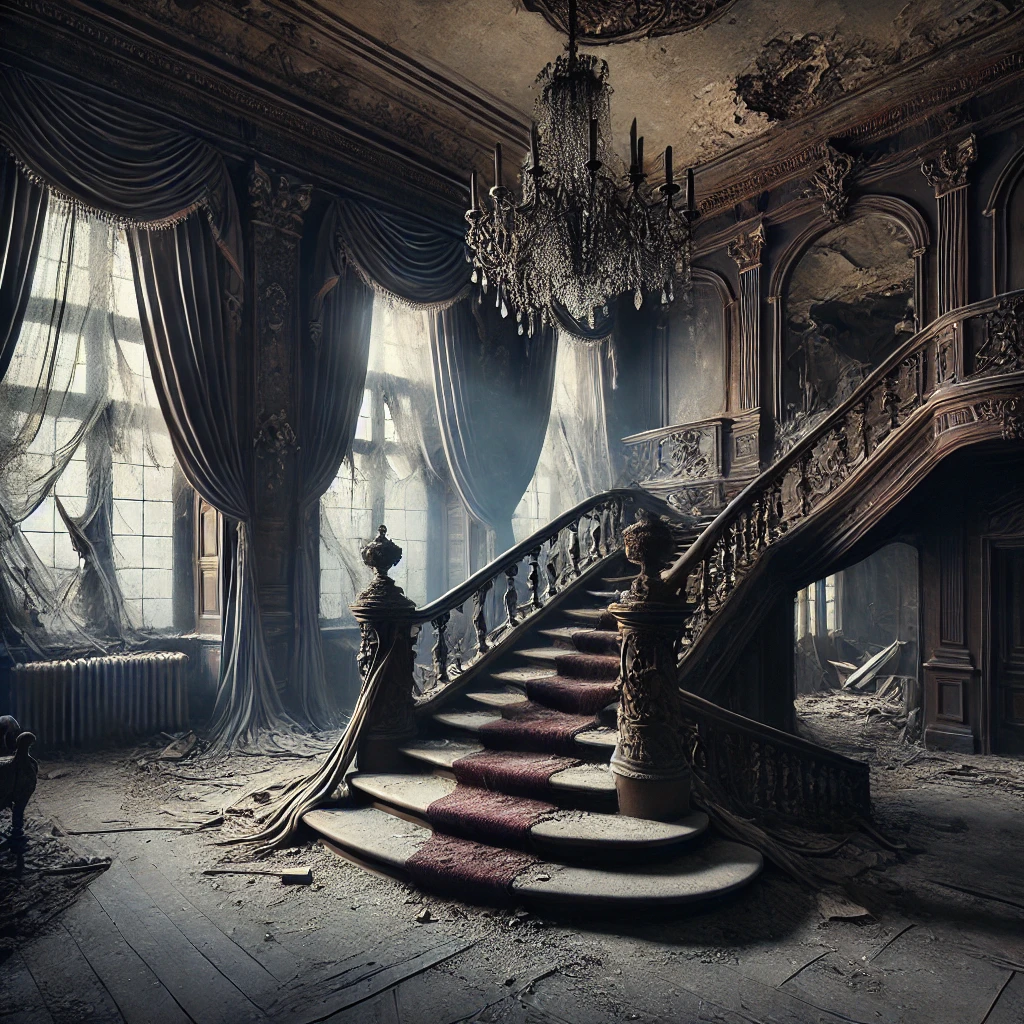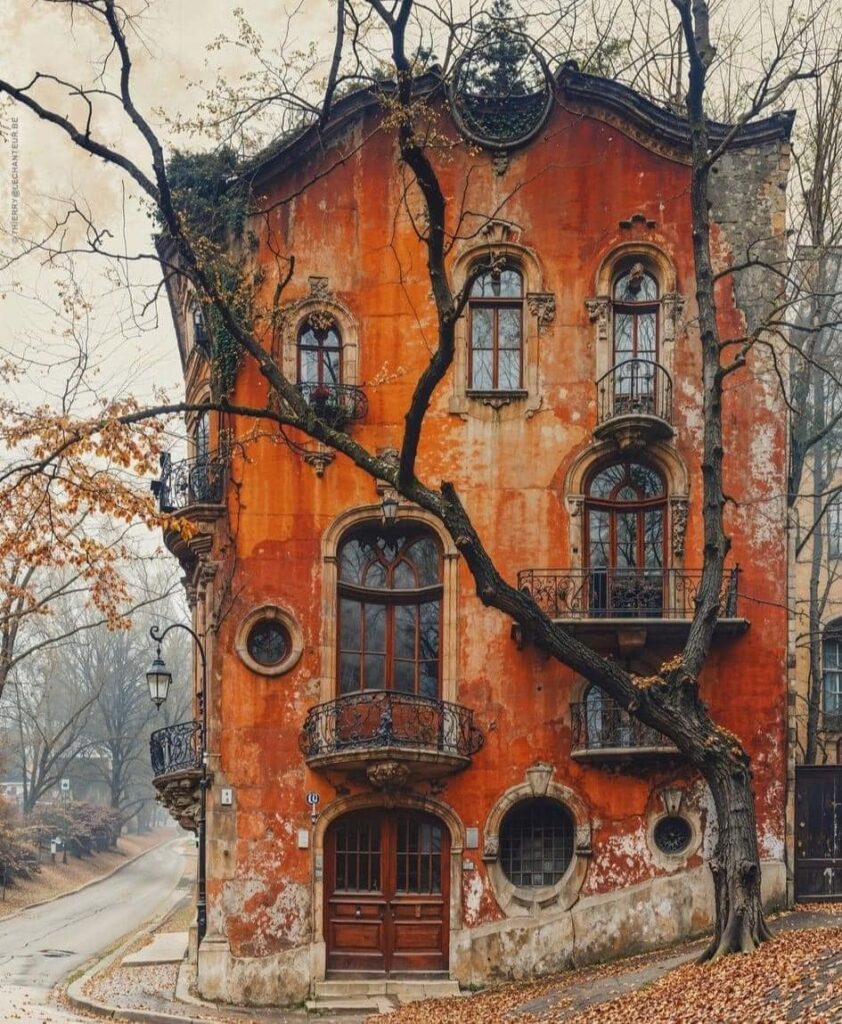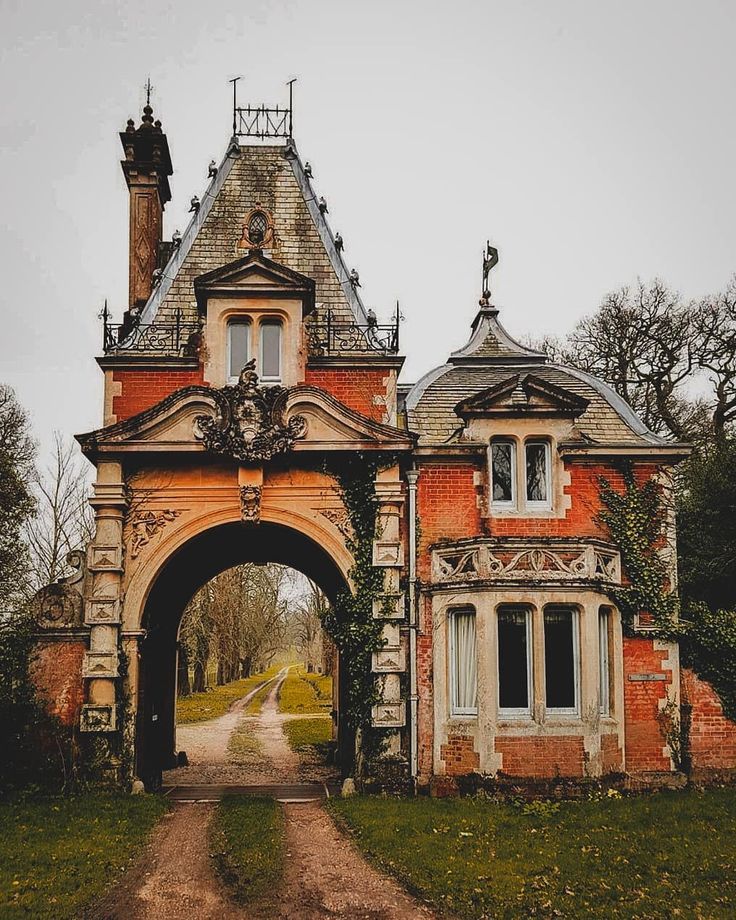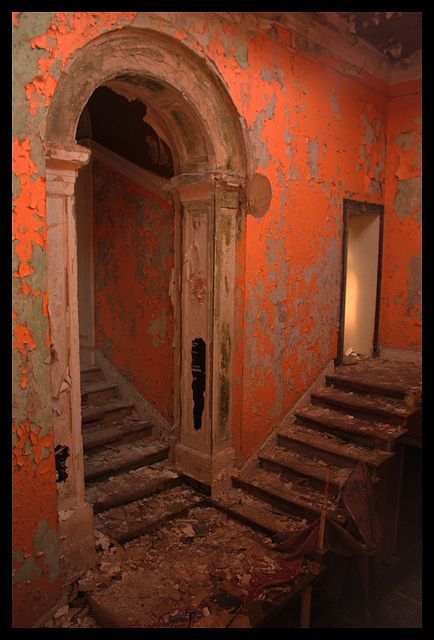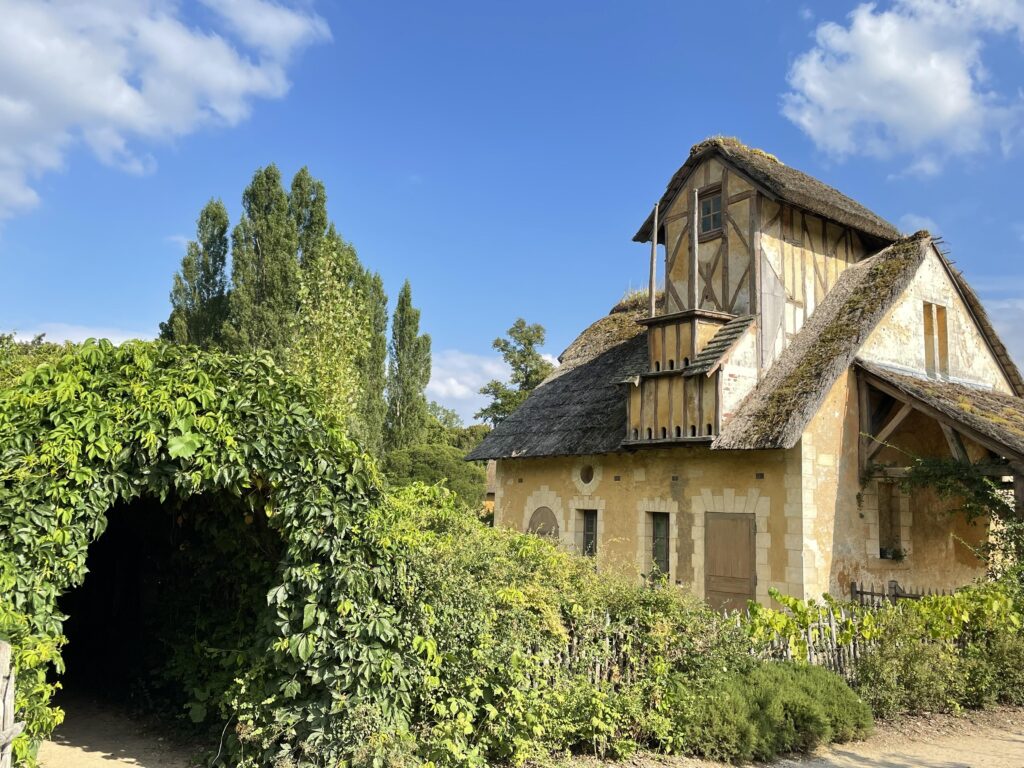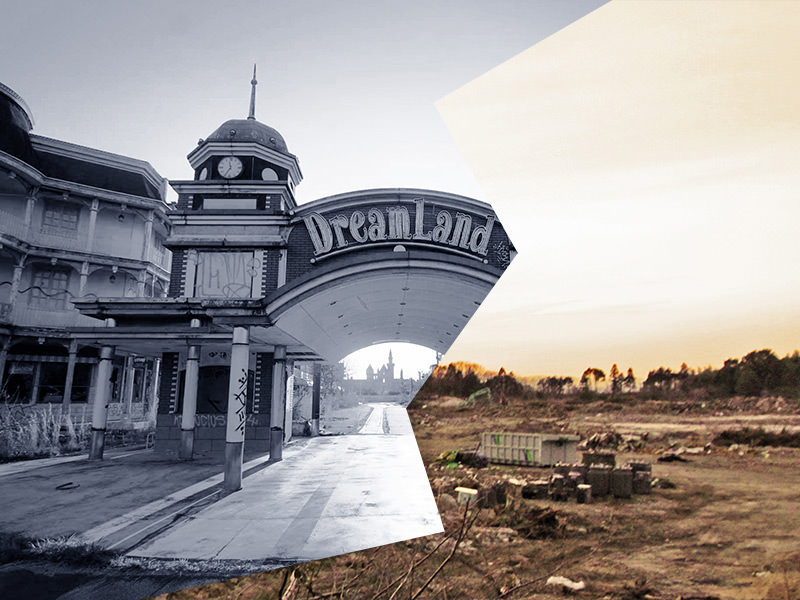The Deserted Clarendon Residence Still Holds Secrets
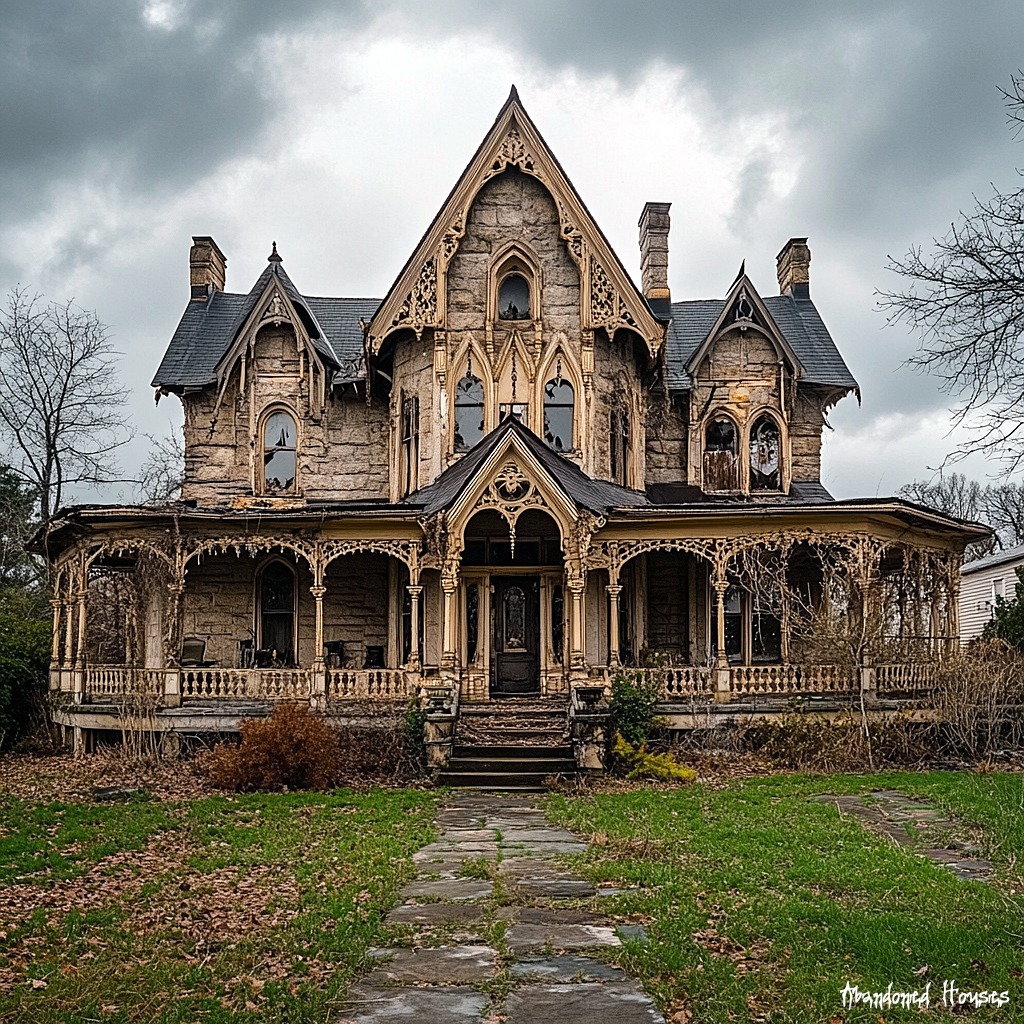
The Clarendon Residence stands as a haunting reminder of a time long past. Hidden away from the bustling city streets, this abandoned house is cloaked in mystery, with its crumbling walls and overgrown grounds. The eerie silence surrounding the residence invites exploration, as urban legends and rumors of its troubled history circulate among locals. But beyond the decay, this residence still holds secrets waiting to be uncovered.
History of the Clarendon Residence

Once a grand estate, the Clarendon Residence was built in the early 1900s and originally served as the home to a wealthy family with ties to influential figures. Its towering columns and intricately designed windows exuded elegance, making it the pride of the neighborhood. However, after the untimely death of its last resident in the 1950s, the mansion was left to deteriorate. Today, it remains a time capsule of a bygone era, preserving fragments of its once-glorious past.
The Unexplained Secrets of the Clarendon Residence

Inside the Clarendon Residence, an air of mystery hangs thick. Visitors often report strange occurrences, such as flickering lights, cold spots, and even whispers that seem to echo through the empty halls. Many claim to have witnessed shadows moving in the corner of their eyes, as if the spirits of former inhabitants are still present. Strange symbols have also been discovered on the walls and floors—cryptic markings that don’t seem to belong to any known language or cultural group.
These symbols, carved into the wood and stone of the residence, spark curiosity and fear. Some believe they were created by the original owners, who were rumored to have had occult interests. Others think they were added later, as an attempt to harness whatever energy might still linger within the house. The symbols are intricate and foreign, with some resembling arcane script or religious iconography.
What Lies Beneath the Surface?

As with many abandoned places, the Clarendon Residence hides more than meets the eye. Beneath its grand staircase lies a dark and forgotten basement, accessible only through a narrow, hidden doorway. The air in the basement feels heavier, and the faint smell of mildew and rot is overwhelming. Some explorers have discovered remnants of old furniture, broken glass, and strange artifacts that appear to have no connection to the home’s original inhabitants.
The Deserted Clarendon Residence Still Holds Secrets Read More
